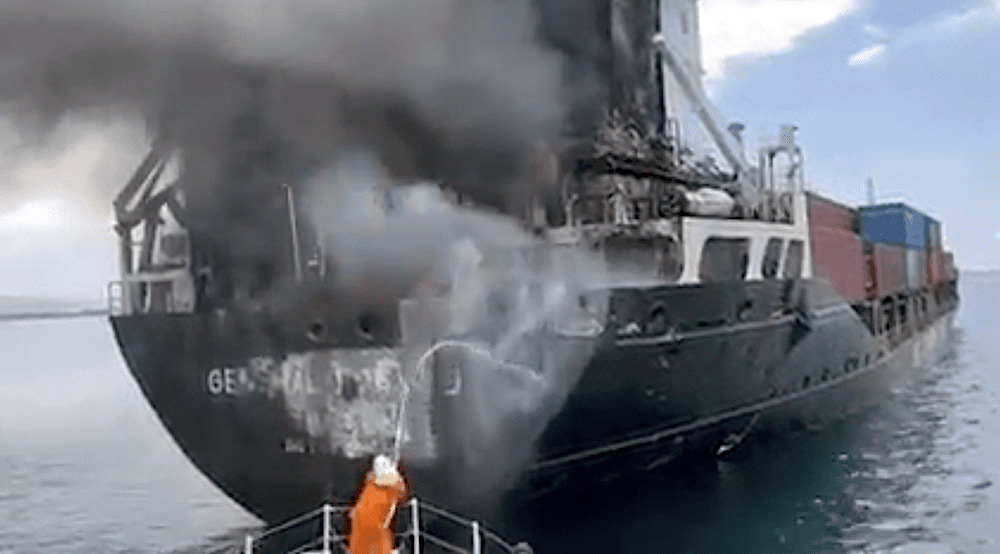One person was killed during a containership fire off the coast of the Philippines in mid-April after a pipe exploded on board, according to media reports and the Philippine Coast Guard. The M/V General Romulo, which had 20 crew members onboard, experienced the fire on April 17. “Coast Guard Sub-Station (CGSS) Talisay received information that M/V General Romulo, a container ship and domestic vessel, was caught on fire while anchored at the vicinity waters off Talisay City,” the Philippine Coast Guard said in a statement. “Immediately, personnel of CGSS Talisay and Talisay City Bantay Dagat responded to the incident and…
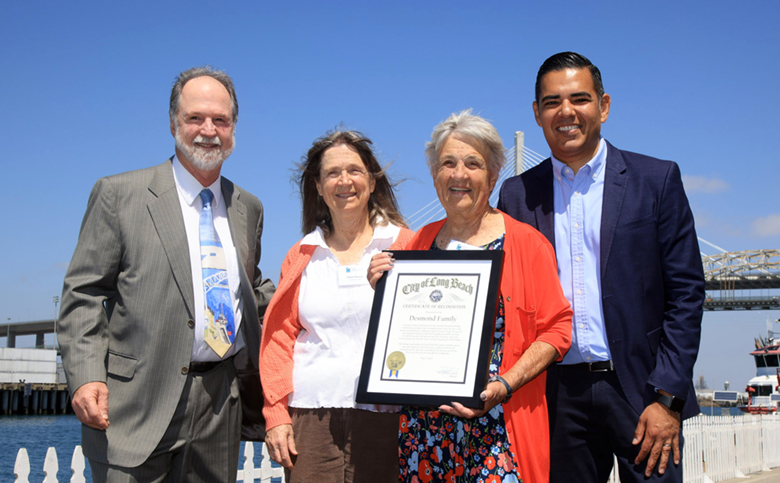
The Gerald Desmond Bridge, a transportation corridor that served the Port of Long Beach for more than 50 years by connecting Terminal Island with the city of Long Beach, was officially retired in a special ceremony on May 7. The bridge, which opened in 1968, was named after a former Long Beach city attorney and city councilman who helped secure funding to build the 5,134-foot-long through-arch bridge that connected Long Beach and Terminal Island. Desmond died in January 1964, when the bridge that would be eventually named for him was still under construction. The Gerald Desmond Bridge was decommissioned when…
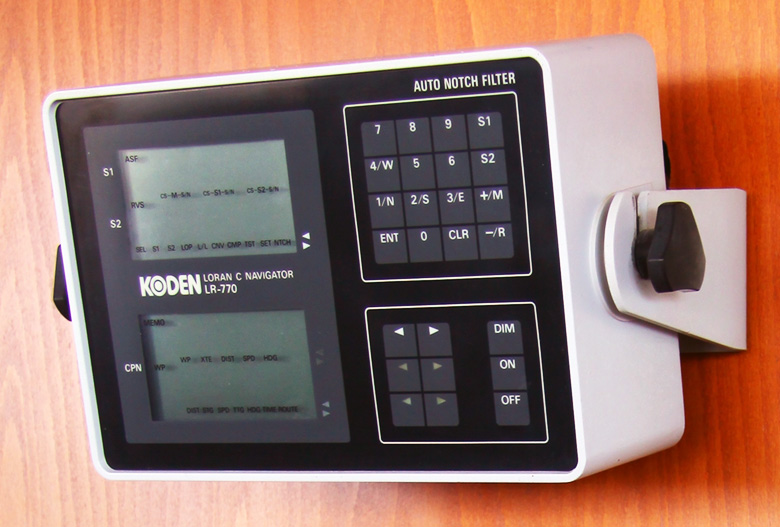
No doubt older mariners remember the LORAN navigation system, but for those too young to use LORAN, it may not be long before you must learn. For the uninitiated, if you’ve ever wondered what those gridded lines on navigation charts are, you might be interested to hear about the navigational aid. The LORAN system was developed during World War II and used to accurately position mariners for about 60 years until it was declared obsolete and decommissioned in 2010. Its successor, GPS (Global Positioning System), is so powerful and easy to use that it has become a part of our…
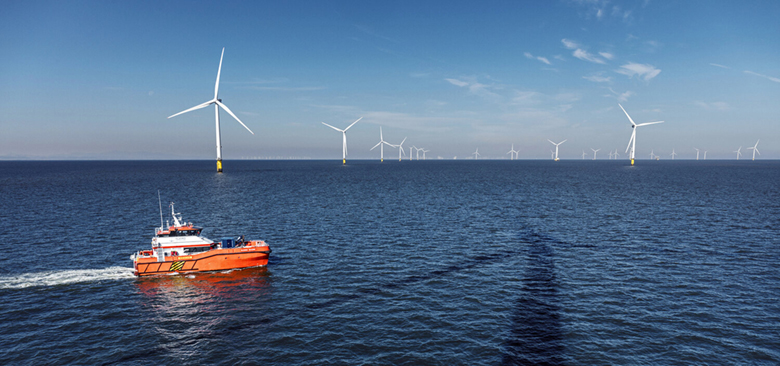
Maritime vessel operators need to be aware of new and heightened concerns about how offshore wind (OSW) towers can interfere with and degrade radar systems. Mariners can be impacted on at least two fronts, one being interference with marine vessel radar. According to a report released earlier this year by the National Academy of Sciences, wind towers undercut a radar’s central purpose: safety. The steel towers can distort information about a vessel’s relative location, a degradation that affects all vessel classes. Turbine blades clutter a radar’s display, resulting in an ambiguous and confusing picture for the operator. Correcting for these…
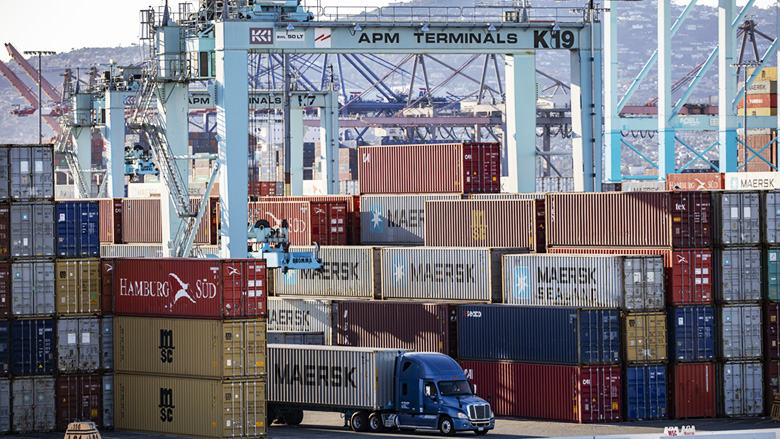
Do demurrage and detention (D&D) fees help or hinder efforts to untangle the supply chain at America’s seaports? D&D fees are assessed by MTOs—marine terminal operators and “common carriers,” meaning vessel operating common carriers (VOCCs) and non-vessel operating common carriers. (NVOCCs). The fees have a straightforward intent: pick up and return your stuff on time or you will pay extra, a notion that most people support. To distinguish: Demurrage is charged daily by the shipping line from the date of discharge until the container is moved out of the port, while detention is charged per day per container by a…

The world of maritime cybersecurity is relatively new, and there’s an increasing amount of information on this topic in the maritime media. In fact, Pacific Maritime Magazine has included a bi-monthly column focused on this topic to help readers better understand why cybersecurity is important to the trade and to offer some references and guidance to readers when they wish to learn more about cybersecurity for their ships and ports. In the area of international cybersecurity guidelines, there are several entities producing detailed cybersecurity recommendations that ship owners are expected to observe. These organizations include the International Maritime Organization (IMO),…
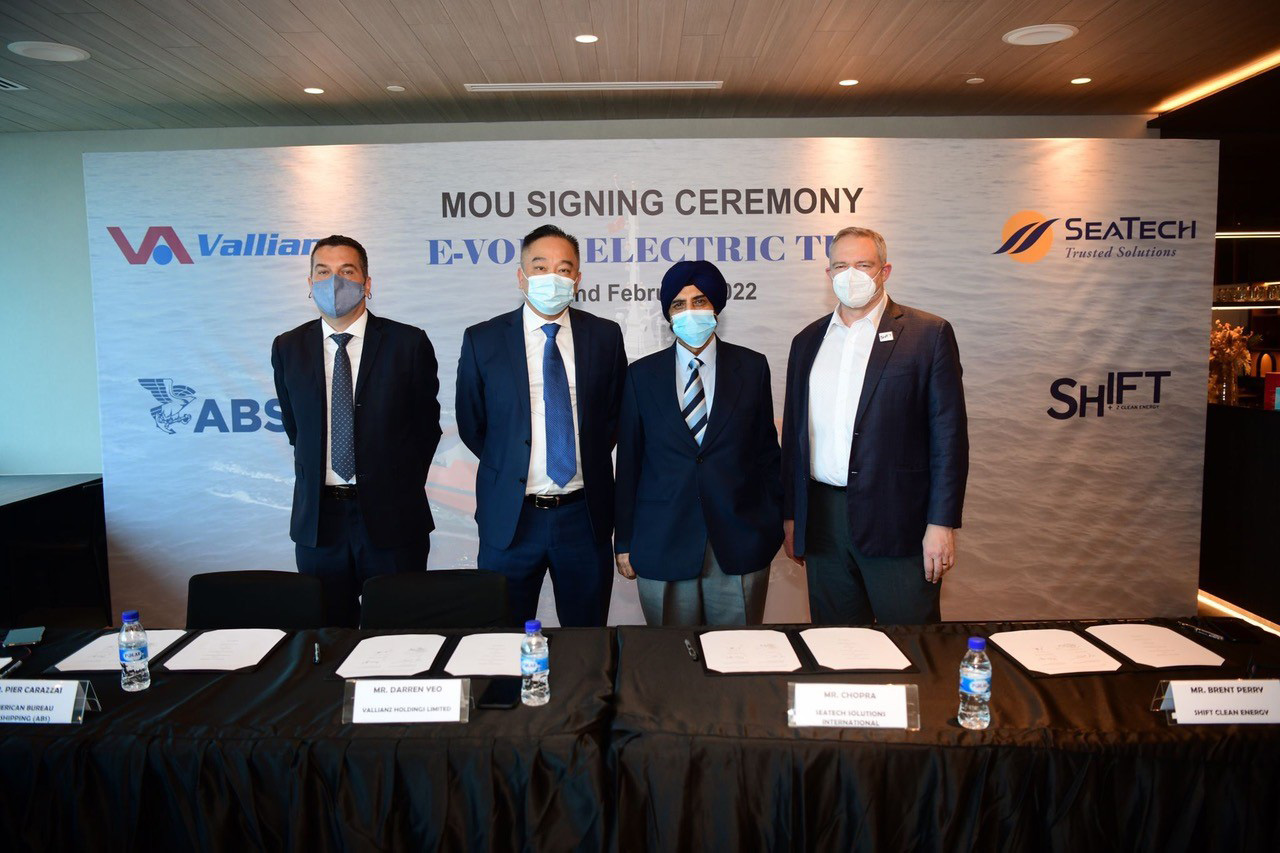
Vallianz Holdings Ltd. and its subsidiaries SeaTech Solutions International Pte Ltd. and Shift Clean Energy, along with maritime classification society the American Bureau of Shipping (ABS), have formed a strategic alliance to combine their respective technical expertise and engineering capabilities for the construction of an all-electric, zero carbon emissions harbor tug. Vallianz has said that this would be the first of its kind in the Asia Pacific region. Based on the “E-Volt Electric Tug” design by SeaTech, the e-tug would be driven by a fully-classed electric battery system provided by Canadian-based Shift. This follows a recent Memorandum of Understanding between…

BMT Group, an international maritime-orientated high-end design house and technical consulting firm, has appointed Graeme Nayler as its Asia Pacific Regional Business Director, the company announced May 6. The appointment comes as BMT is set to make significant investments across the Asia Pacific market. Graeme joins BMT from Environmental Group Limited where he was a non-executive director, and Silentium Defense, where he was the chief strategy officer. Prior to joining Silentium, Graeme held senior executive roles in both Nova Systems and Babcock, and for over 15-years was an officer in the Royal Australian Air Force. “We are thrilled to have…
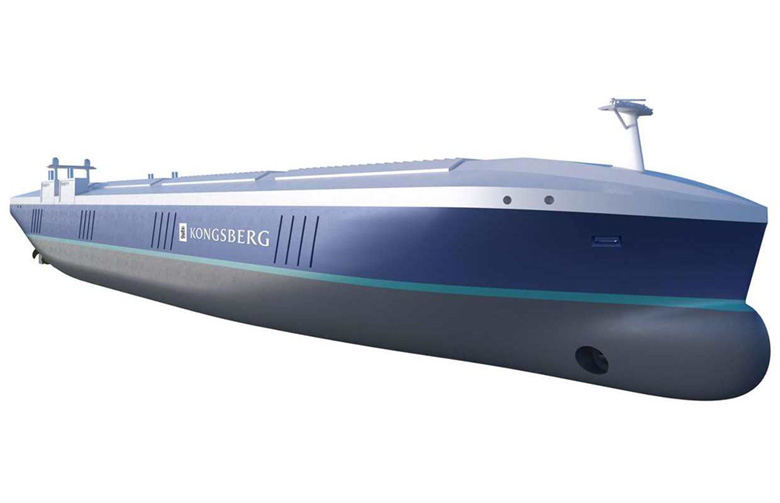
There’s been much talk over the years about the development and deployment of autonomous vessels—ships that have the capability to fully function without the need for a human crew to be actively involved. Operations of these captain-less ships can be remotely managed by personnel on the shore, or else the ships can have various advanced technologies onboard or elsewhere for performing the operations. For the most part, progress in the realm had been slow but steady, then like much of everything else, things were slowed by the COVID-19 pandemic. But according to a new report, things might be picking up…
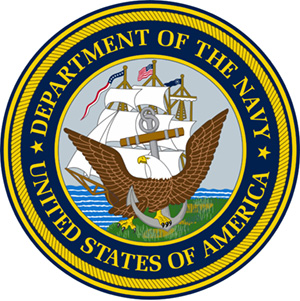
San Diego-based General Dynamics NASSCO on April 30 laid the keel for the future U.S. Navy ship John L. Canley, the Navy’s fourth Expeditionary Sea Base (ESB). Expeditionary Sea Base ships are highly flexible platforms used across a broad range of military operations supporting multiple operational phases. Acting as a mobile sea base, they’re a part of the critical access infrastructure that supports the deployment of forces and supplies to provide prepositioned equipment and sustainment with adaptable distribution capability. The latest ship is named for Medal of Honor recipient Marine Corps Sgt. Major (Retired) John L. Canley, who was awarded…

